Diversity Databases in the Evolving Film Ecology
U.S. film & television historically underrepresents Black, indigenous and people of color (BIPOC) even as these communities grow as a percentage of the overall population. In recent years organizations across the sector have launched initiatives to utilize technology to ensure productions reflect the U.S. population. The “diversity database” has emerged as a strategy to support equity in film and television, but little research has been done on this new phenomenon. Using qualitative survey and interview methods and tech experimentation, this project investigates the breadth and efficacy of new database technologies as a strategy for employment equity across national and local, for-profit and non-profit organizations in the film and television ecosystem.
KEY QUESTIONS
Why and how have individuals, organizations and collectives started and maintained databases for employment diversity in film and media?
How effective are these databases in securing employment for artists, and how are individuals, organizations and collectives tracking database efficacy?
What role can large, national non-profit organizations like the Sundance Institute play in supporting diversity in the film & television ecosystem?
What role can small, local/regional non-profit organizations like OTV | Open Television play in supporting diversity in the film & television ecosystem?
SCOPE OF ANALYSIS
For corporate or independent and for- and non-profit initiatives and organizations, digital technologies enabled by internet distribution have become an important testing ground for creating tools for discovering new talent and resisting the discrimination embedded in s big data-driven platforms and in film/media. Hollywood studios have embraced initiatives from aligned production companies, notably by Academy member Ava DuVernay’s ARRAY Crew database (https://arraycrew.com), and independent organizations, primarily Ron Howard & Brian Grazer’s Impact Creative Systems (https://impact.net) and Rashad Robinson’s Color of Change’s Inclusion Rider (https://changeindustries.org/changehollywood). These tools collect data and enable the discovery of diverse crew members and sometimes writers.
Outside of the corporate/for-profit space, independent and non-profit organizations have created an impressive array of databases, including: Free the Work, a database focusing on women (https://freethework.com); NYC Women Filmmakers (https://nycwomenfilmmakers.org); Pillars Fund’s Muslim Talent Database (https://artists.pillarsfund.org); La Lista, for discovering Latina/Latinx writers (https://lalistatv.com); Brown Girls Doc Mafia (https://browngirlsdocmafia.com); Black Trans Femmes in the Arts (https://www.btfacollective.org/artiststhe-list); Black Women Directors (https://www.blackwomendirectors.co/directors); and Black in Film, an open-access database started by a group of independent filmmakers in Chicago (https://www.blackinfilm.com).
While these initiatives are focused on diversifying employment in Hollywood, other organizations focus on discovery and employment in the independent sector, historically a “training ground” for corporate employment. Studying these organizations is an important indicator of the long-term sustainability of diversity, equity and inclusion initiatives in film and television. The Sundance Institute launched the Inclusion Resource Map (https://inclusion-resource-map.sundance.org) in 2018 to help diverse artists discovery opportunities for professional and project development; the database includes 316 wide-ranging programs, such as fellowships, labs and funding opportunities from Asian American Documentary Network, Black Public Media, Firelight Media, ITVS, NBCUniversal, New York Women in Film & Television and Tribeca Film Institute. The database website allows artists to self-select how they identify by community and professional role to find specific opportunities to develop their careers independently.
In addition, OTV | Open Television (http://weareo.tv) an Emmy- and Webby-nominated non-profit platform for intersectional (multiply marginalized) artists and communities based in Chicago, has utilized databases as part of its regular operations to support independent artists in creating their own film & television projects, focusing on short-form series and films.
MAPPING THE SUNDANCE INCLUSION RESOURCE MAP
PRELIMINARY ANALYSIS
Before we started working with the Sundance Institute to deepen, broaden and map their Inclusion Resource Map, we decided to graph the existing map. This serves as a baseline to test where we are able to build upon and refine their efforts to offer resources to diverse independent artists.









